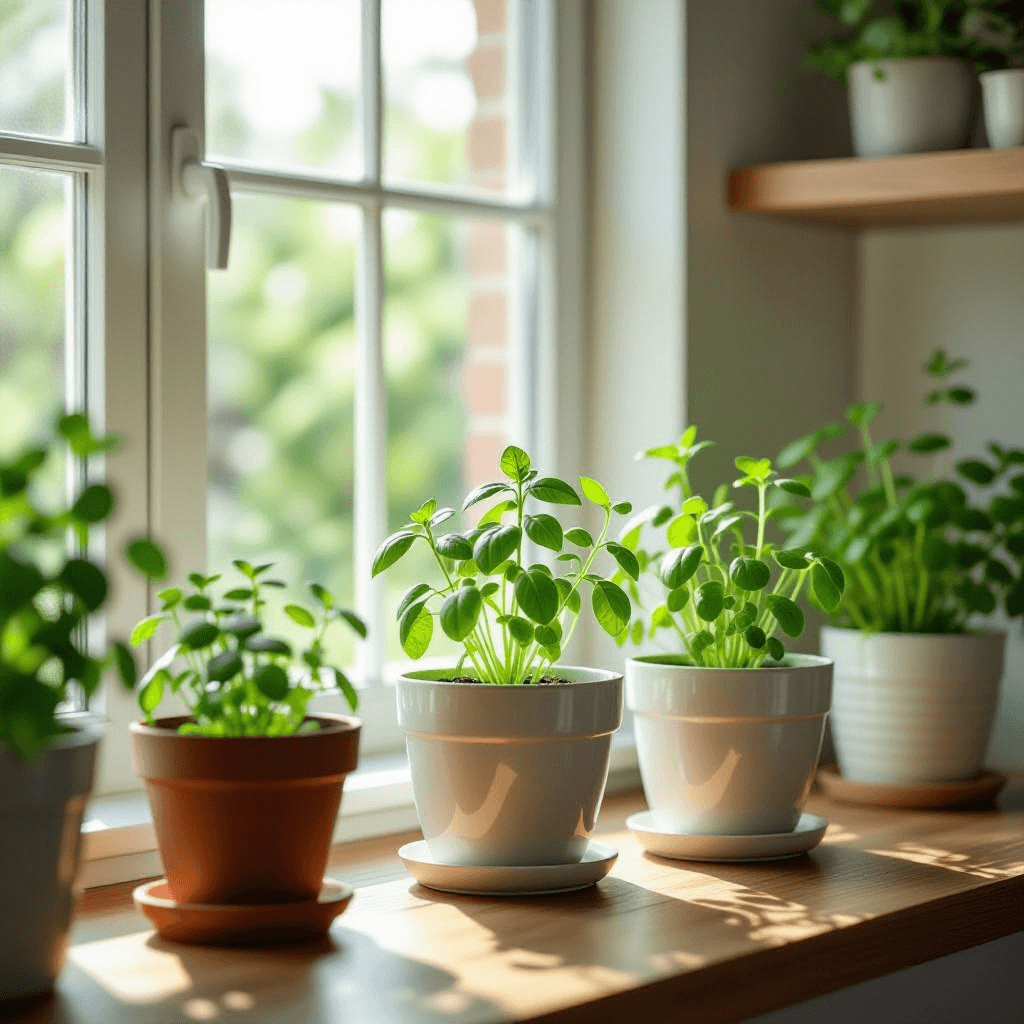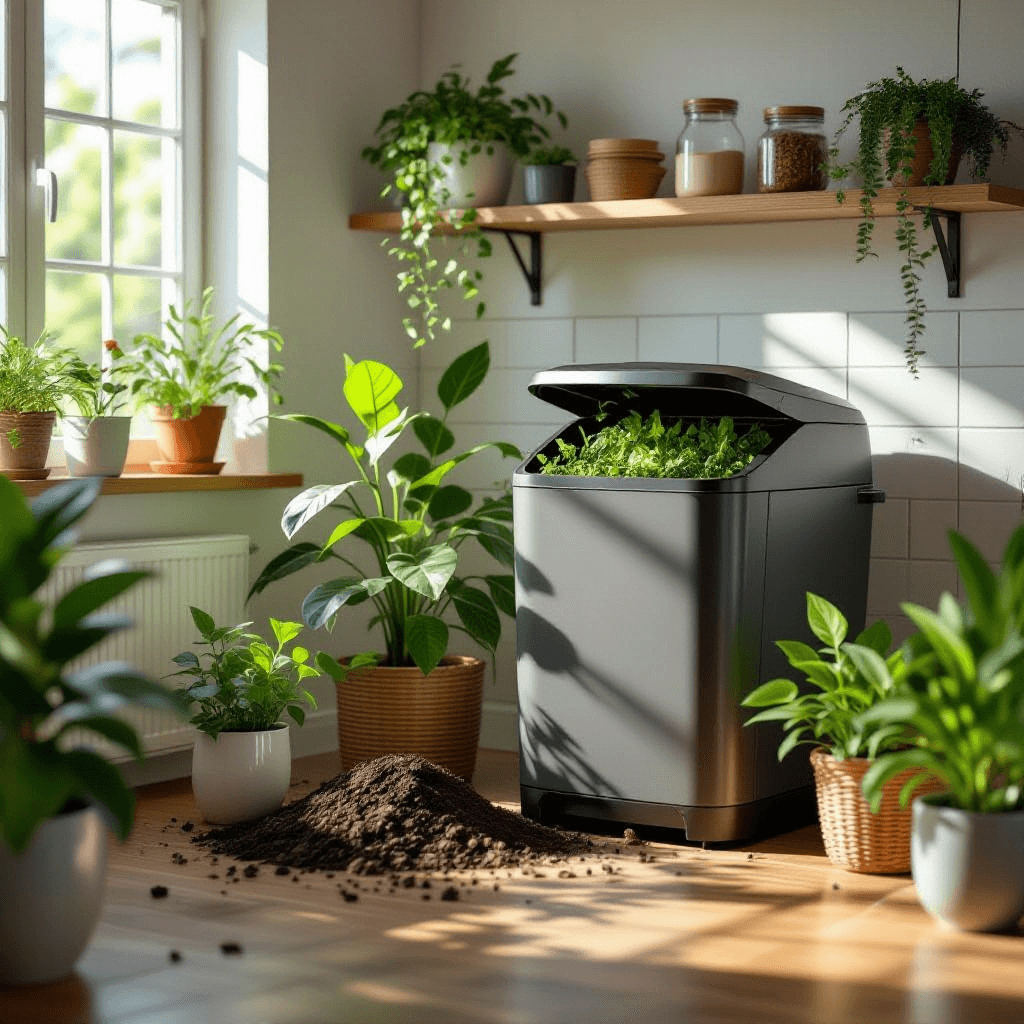Understanding Indoor Air Quality
Indoor air quality (IAQ) refers to the condition of the air inside buildings and structures, particularly as it relates to the health and comfort of the occupants. Given that individuals spend a significant amount of time indoors, often exceeding 90%, understanding the factors that contribute to IAQ is crucial for overall health and well-being. Poor indoor air quality can lead to adverse health effects, precipitating a range of issues from mild allergies to severe respiratory conditions.
Common indoor air pollutants include volatile organic compounds (VOCs), which are emitted by a variety of household products such as paints, cleaning agents, and furniture. These compounds can cause headaches, dizziness, and longer-term health consequences. Dust, another prevalent particulate matter, can trigger allergic reactions and exacerbate asthma symptoms. Additionally, mold growth, which thrives in damp environments, releases spores that can lead to respiratory problems and contribute to existing health issues.
Moreover, elevated levels of carbon dioxide, often due to insufficient ventilation, can result in cognitive impairment and decreased concentration. It is essential for homeowners to be aware of these potential hazards and take proactive measures to improve their indoor air quality.
Maintaining a clean and healthy indoor environment not only enhances physical well-being but also promotes mental clarity and overall quality of life. Strategies to improve IAQ include regular cleaning, controlling humidity, and incorporating air-purifying houseplants, which can naturally filter toxins and improve air clarity. By prioritizing indoor air quality, individuals can mitigate the risks associated with pollution and foster a healthier living space for themselves and their families.
The Science Behind Air-Purifying Plants
Indoor air quality is an essential aspect of a healthy living environment. Numerous studies have demonstrated how certain houseplants possess remarkable abilities to improve indoor air quality. One of the most noteworthy is NASA’s Clean Air Study, which identified various plants that can effectively filter common indoor pollutants such as formaldehyde, benzene, and carbon monoxide. Researchers examined how these plants can absorb toxins, leading to cleaner air in closed environments.
These air-purifying plants operate through various mechanisms. During the process of photosynthesis, plants absorb carbon dioxide and convert it into oxygen, a vital gas for human survival. This natural process not only contributes to a fresher atmosphere but also helps to reduce levels of harmful pollutants. Additionally, certain plants release moisture into the air, which can further enhance indoor humidity levels and create a more comfortable living space.
Some plants are particularly efficient at filtering chemicals and improving air quality. For instance, the Spider Plant (Chlorophytum comosum) and Peace Lily (Spathiphyllum) stand out due to their substantial air-purifying capabilities. They are known to remove various volatile organic compounds (VOCs), making them excellent companions for homes and office spaces alike.
The presence of plants in indoor environments is not just limited to their air-purifying attributes. Numerous studies have revealed significant psychological benefits associated with having greenery indoors. The incorporation of houseplants into living spaces has been linked to reduced stress levels, enhanced mood, and improved focus. Furthermore, the aesthetic appeal provided by plants can contribute to a more inviting and tranquil atmosphere.
In conclusion, air-purifying houseplants offer a dual advantage: they enhance indoor air quality while also promoting mental well-being through their calming presence. These natural solutions encourage healthier living spaces and should be considered an integral part of any home design aimed at improving overall air quality and aesthetics.
Top Air-Purifying Houseplants to Consider
Selecting the right air-purifying houseplants can significantly enhance your indoor air quality while adding greenery and aesthetic appeal to your space. Here is a curated list of ten popular varieties known for their exceptional air-purifying abilities and ease of care.
1. Snake Plant (Sansevieria trifasciata) – A resilient plant, the Snake Plant thrives in low light and requires minimal water. Its ability to filter formaldehyde and benzene makes it a staple in many homes. It is non-toxic to humans but potentially harmful to pets.
2. Peace Lily (Spathiphyllum cochlearispathum) – With its elegant white blooms, the Peace Lily excels in removing airborne toxins, including ammonia and mold spores. It thrives in shade and needs regular watering. Be cautious, as this plant is toxic to pets if ingested.
3. Spider Plant (Chlorophytum comosum) – Known for its air-purifying qualities, the Spider Plant can remove pollutants like xylene and formaldehyde. It prefers bright, indirect sunlight and moderate watering. Safe for pets and children, it’s an excellent choice for families.
4. Pothos (Epipremnum aureum) – This hardy vine is perfect for beginners. Pothos reduces indoor pollutants such as formaldehyde and benzene. It thrives in a variety of light conditions and requires minimal maintenance. However, it poses a risk to pets if consumed.
5. Boston Fern (Nephrolepis exaltata) – Renowned for its ability to filter formaldehyde, the Boston Fern prefers humid environments and indirect light. Regular misting is beneficial, but it may require more attention than other houseplants. This plant is generally safe for pets.
6. Aloe Vera (Aloe barbadensis miller) – Beyond its soothing gel, Aloe Vera helps reduce indoor air toxins, including formaldehyde. It thrives in bright, indirect light and needs infrequent watering. It is non-toxic to humans, but ingestion can cause mild symptoms in pets.
7. Rubber Plant (Ficus elastica) – This striking plant not only beautifies a space but also effectively removes toxins like formaldehyde. It prefers indirect light and average watering but can thrive in various indoor conditions. It is toxic to pets and children if ingested.
8. Areca Palm (Dypsis lutescens) – Often used as a decorative plant, the Areca Palm is effective in humidifying the air while filtering pollutants like xylene and toluene. It prefers bright, indirect sunlight and consistent moisture. Safe for pets, it makes a great family-friendly option.
9. Dracaena (Dracaena spp.) – With various species available, Dracaena plants are excellent for purifying the air and requiring minimal care. They thrive in indirect light and moderate watering. However, they can be toxic to pets, requiring careful placement to prevent accidental ingestion.
10. Chinese Evergreen (Aglaonema) – This adaptable plant removes air pollutants and thrives in low light and humidity. It needs minimal watering and is known for its colorful leaves. However, it is toxic to pets, so it is advisable to keep it out of their reach.
When selecting air-purifying houseplants, always consider their care requirements and potential toxicity, especially in homes with pets or young children. This awareness ensures a healthy and beautiful indoor environment.
Tips for Incorporating Houseplants into Your Home
Incorporating air-purifying houseplants into your home can dramatically enhance your interior space and promote a healthier environment. To get started, it is essential to choose the right locations for your plants to thrive. Most houseplants prefer bright, indirect sunlight, so consider placing them near windows or light-filled areas. However, be mindful of the specific light requirements of each plant, as some varieties may tolerate low light conditions better than others.
In addition to light, humidity plays a crucial role in the vitality of your plants. Areas like kitchens and bathrooms often provide naturally higher humidity levels, making them perfect spots for tropical houseplants such as ferns or peace lilies. Conversely, if your home is characterized by dry air, consider using humidity trays or misting your plants regularly to keep them healthy.
When arranging your plants, consider creating visual interest by varying their sizes and types. A mix of tall, leafy plants with shorter, bushy ones can create a dynamic and inviting display. Using decorative pots and planters can enhance your decor while providing appropriate drainage and space for your plants’ roots. Choose materials and colors that complement your existing furniture and walls for a cohesive look.
While aesthetics are important, proper maintenance is vital to ensure your plants remain effective air purifiers. Establish a watering schedule based on each plant’s needs; some may require weekly watering while others thrive on biweekly schedules. Additionally, repotting is necessary when plants outgrow their containers, allowing them ample space to develop. Regularly check for pests and signs of health issues to maintain the beauty and function of your indoor garden.
Creating a small indoor garden not only brings the joy of nature indoors but also invites a sense of tranquility. Engaging with houseplants can foster a deeper connection to the natural world, positively affecting your mental well-being. By implementing these tips, you can effectively incorporate air-purifying houseplants into your home, enriching your indoor environment both aesthetically and health-wise.


